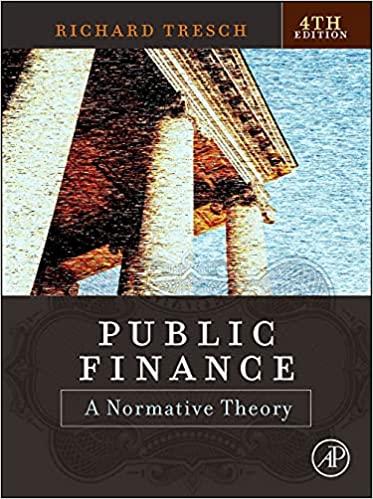Answered step by step
Verified Expert Solution
Question
1 Approved Answer
(Problems 1-5, 4 points each) 1 Which of the following is false? Interest expenses should be subtracted in the calculation of cash flows b. The

Step by Step Solution
There are 3 Steps involved in it
Step: 1

Get Instant Access to Expert-Tailored Solutions
See step-by-step solutions with expert insights and AI powered tools for academic success
Step: 2

Step: 3

Ace Your Homework with AI
Get the answers you need in no time with our AI-driven, step-by-step assistance
Get Started


